-
Posts
38 -
Joined
-
Last visited
Content Type
Profiles
Blogs
Forums
Gallery
Pipeline Tools
3D Wiki
Plugin List
Store
Downloads
Videos
Posts posted by JohnDo
-
-
Sure, here it is. It is working fine again with a fresh C4D instance.
0 -
Hi,
I encounter a weird recurring issue with Scene Nodes, it randomly stops to update the result of nodes operations. Please look at the capture below for a clear demonstration of the issue.As you can see the problem is gone if the Nodes Modifier is pasted in another scene. Could it be some kind of cache issue ?
Thanks
0 -
Hi, thanks for the quick feedback and sorry for the delay.
On 3/26/2024 at 5:35 PM, HappyPolygon said:Please provide a scene so we can experiment on fixing it.
I have no idea how to replicate your situation.It's a spline extracted from mesh edges. The .c4d scene is in attachment, you'll find the setup and the original mesh from where the spline was extracted.
On 3/26/2024 at 5:47 PM, Cerbera said:For me, reversing the point order on just the segments where it is wrong works every time...
Here's an inexplicably screwed one...
Yet if I reverse the point order in the lower segment then voila...
I can't tell you why it happens tho - that remains utterly baffling ! In the first example above we can see the spline direction is the same for both segments, so why the cloner does that with it remains a mystery to me.
For me, instancing that fixed spline preserves the correction (instanced version on right there), so you would need to upload a scene file which will show us what might be different in your setup vs mine...
CBR
Thanks for the example ! But I think it works in this case also because the cloned object is symmetrical
 In my scene the object has a front side that must face the "inside" of the curve.
In my scene the object has a front side that must face the "inside" of the curve.
Don't bother too much if there isn't an easy solution to my issue, in the end I've just duplicated the setup to get the expected result. What is bothering me is that I don't have the issue on Blender when I reproduce the setup, so maybe I've missed something.Thanks !
0 -
Hi,
I often have this issue and usually deal with it manually, but this time I'd like to understand better what is happening.I have a curve created from a mesh edge, and I'm using it as a target for a Cloner. The thing is there are several segments in the curve object, and the cloned object is sometimes flipped depending on the segment.
The thing is if I flip the segment point order with "Reverse Sequence", instances are flipped, but not in the correct orientation.
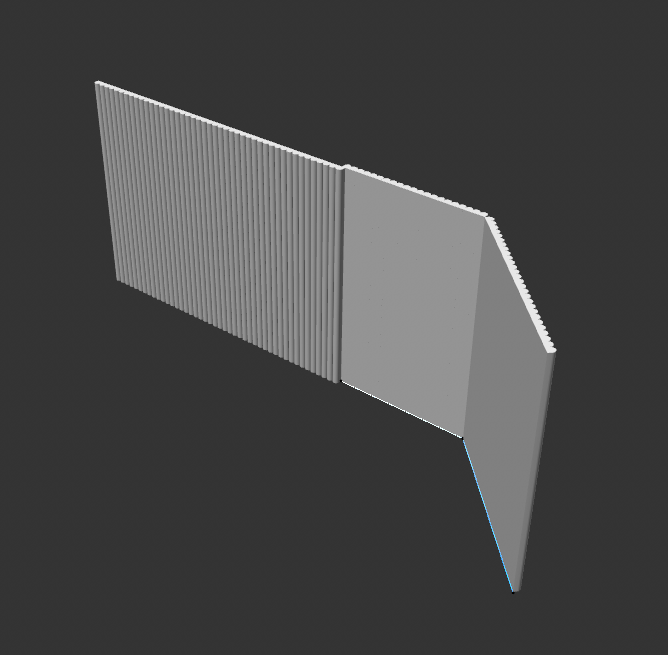
That's usually when I split each segment in their own curve object and deal with this with multiple cloners and custom transform orientation for each one.
Is it possible to "unify" the segment orientation and get what I want with only one curve ?
Thanks
0 -
4 hours ago, srek said:
The stored selection contains all polygons from before the inset operation, that means an operation using „A“ after the inset will act on all polygons but the newly created ones.
Default will use either the currently selected elements (active), or if none are selected all elements.Thanks Srek, but what you are describing is what I've expected and is logical, and it is the opposite which is happening if I understood correctly. I am more confused than ever.
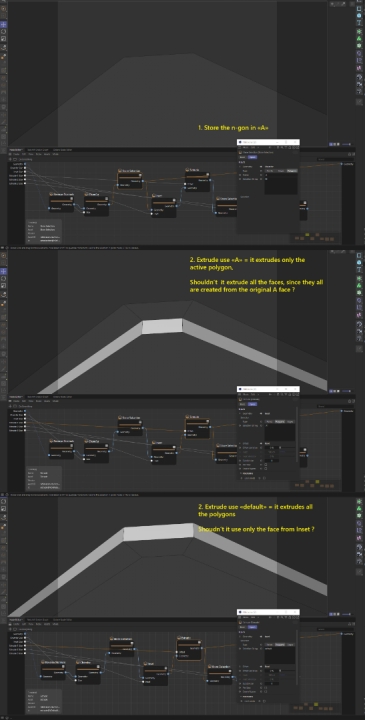 0
0 -
1 hour ago, Havealot said:
@JohnDo All of this can be done as a linear sequence of modeling and selection operations without any branching. It can even be done exclusively with node capsules.
I've attached an example of your setup done as a "modeling stack" and as a single Node Capsule with the parameters exposed. Both cases use Field to select the points to be chamfered.
Many thanks for the example ! I forgot that I could use nodes in the Objects Manager too.
I'm glad to see that there is a simpler to achieve what I want. In your example everything works because of the Store Selection node / deformer, unfortunately I don't understand how it is working, it doesn't made sense to me.
- you store all the geometry in a selection named "A" and use it further into the stack in the Extrude node, but then it extrudes only the geometry created by the previous node ( inset ) ?- and when I use "default" in the Extrude node, it affects all the geometry and not just the geo from previous operation
So it really confuses me since I expected the opposite result. Can you explain the logic behind the way the selection is working ?
0 -
Thanks Srek ! I had a look at the modified Select Facing capsule, there is no way I can use this stuff without proper training, it's really low-level, yet we're only talking of basic selection operations
 . Anyway thank you very much for the help !
0
. Anyway thank you very much for the help !
0 -
-
Also, a quick question after playing a bit more with the selection system : if I store a selection made with a Geometry Selection node like Select Facing with a string, in a secondary branch, is the selection available "globally" in the nodes context or do I have to merge branches with a Connect nodes ?
I'm asking because I failed to get string selection to work ( well, except for the default variables ) so I don't understand the proper workflow.
0 -
Hi Srek, because I tried and in this case the Extrude doesn't extrude anymore. I notice that the Polygon Selection output is another data type than the one expected for the selection input, Maybe it's because of this, it's not very clear what is expected.
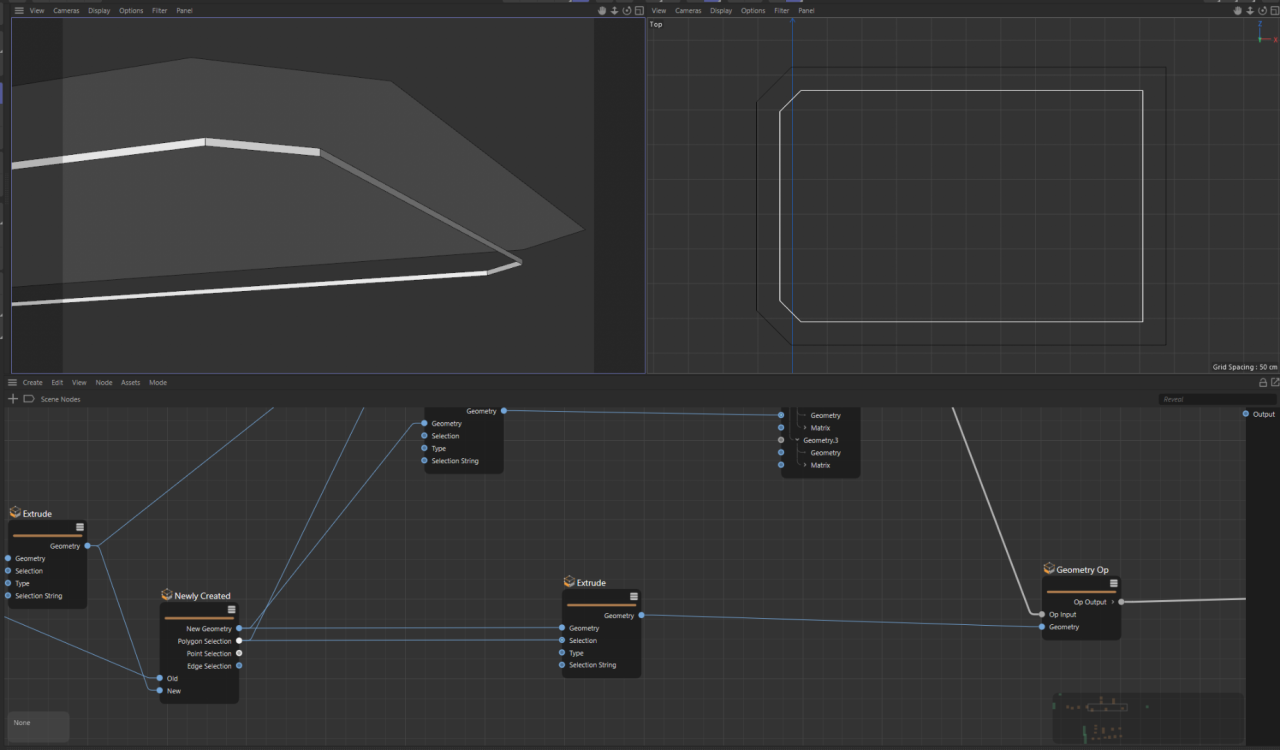
In the original setup I extrude all the face and use the Polygon Selection from Newly Created to delete the original faces used for the extrusion. As so I get a correct mesh when I use the Connect node. But it's really not straightforward and I'm far from being efficient here.
0 -
Hi,
Is it possible to select simply and precisely new geometry generated after a modeling operation, for further processing ?An example : I have a plane that is extruded two times with nodes. The third time I want to extrude only the ring part.
By default the Extrude modifier will extrude the cap with the default string, or all the geometry with all.
I've managed to do what I wanted with the Newly Created node, but the workflow feel a bit clumsy, I need 3 other nodes to do this simple operation, and as many models I will have to do need this kind of operation, I wonder if there is a simpler way ?
I had in mind that I could input a selection string to target specific parts of the generated geometry, like cap, ring, front, back etc but it doesn't seems to work. Or do I have to play with polygons index and do some math to infer the range of a specific part ?
Thanks !
0 -
-
14 hours ago, dast said:
Unfortunately, as far as I know the status about licenses hasn't been changed.
Redshift licenses aren't transferable.
Don't know where Clyve lives but in EU it's possible. A software publisher can't prevent the resale of its software.
https://www.clarionsolicitors.com/articles/reselling-used-software-licences-new-ruling-from-the-european-court
https://www.uaipit.com/en/case-law-record?/3920 -
Happy to help !
2 hours ago, ChrisMyatt said:I can see some other uses for these
Like these ones for example ?

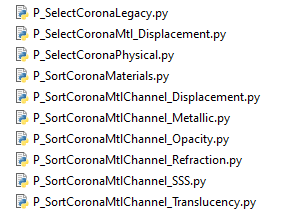 0
0 -
I had totally forgotten that I already wrote a script to sort materials with displacement
 I haven't done any script for month so writing a variant to just select the materials was a good reminder.
I haven't done any script for month so writing a variant to just select the materials was a good reminder.
Copy the scripts in the dedicated folder :
C:\Users\%USERNAME%\AppData\Roaming\Maxon\Maxon Cinema 4D R26_XXXXXXX\library\scripts
And find them with the search function ( Shift-C by default I think ) by typing some hints like "sort disp" or "sel disp".P_SortCoronaMtlChannel_Displacement.py P_SelectCoronaMtl_Displacement.py
1 -
Yeah easily, I wrote a similar script to sort Corona materials by type by adding each type to a corresponding C4D layer. I could write a similar thing for displacement or a simpler version to just select the material without isolating then afterward. Let me know !
0 -
12 minutes ago, srek said:
The link to the nodal asset should not break, if it does thats a bug. You need to make sure though that the asset is actually available, in case of my example it is stored within the scene database. To use it in a different scene you have to copy it into a different database, just like with all other assets.
The asset showing up in the wrong category is likely my fault, as i said, I’m not at my top game currently.
I don’t know why the preview doesn’t work for you.
That's what I've thought, and I was careful to save it to the scene database and I didn't want to clutter my regular database with tests. I'll try again later.
0 -
2 hours ago, srek said:
Took me a moment to set this up, i am ill at home currently and not really on my best game.
Thanks for the example and good recovery !
0 -
Thanks @srek! I've played a bit with the file and I still find the idea confusing. I've understood the process and I've already use it to create some node presets for the RS nodegraph this week for the first time, but this use case feels like a hack for me.
In this case you have to create an asset for each material you would want to be dynamicaly linked in the AB, and have it nested inside the actual material visible in the Material Manager. If the material is saved in the AB database, which was the initial request of the OP, the actual nested asset linked is lost and broken. Is it the expected behavior ? ( really asking, I've never used the feature ).
And finally the asset pop in the Nodes category, not in the Material category. Not a big deal and it's logical from the software side but not for the user side IMHO, especially for a C4D newby. Plus in this context you don't have a proper preview of the material.
I find it really confusing and far from what you guys usually reach in terms of accessibility and user-friendliness ( is that a real word ? ).
Having the ability to link the base material data from the Asset Browser + a way to do a per-scene local override would be a nice improvement ! Could it be supported by third-party render engine like Corona and Octane ?BTW I don't know why but the Asset Browser preview seems broken on my side ( 26.107 )
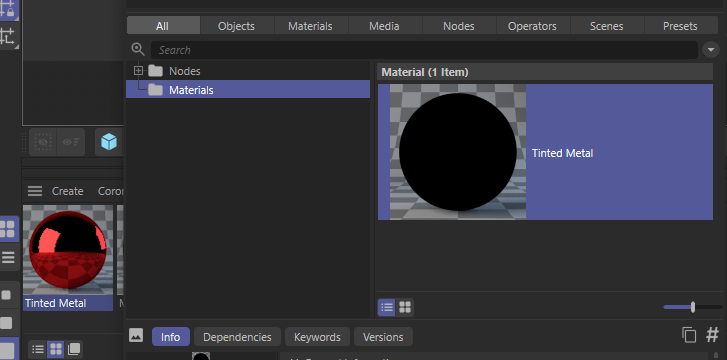 0
0 -
Thanks for the explanation @srek but what you're are describing is a bit confusing. Could you show us the process with some screenshots ? I'm trying to encapsulate a Node material in an asset and it doesn't change a thing regarding the material stored in the AB. thanks !
BTW I didn't understand that we were talking of RS. I'm using Corona so the C4D Node Editor is not available.0 -
Hi,
In short : no. Materials in C4D are static and so there is no possibility of instancing or linking them ( except Xref ofc). Even worse, C4D can't recognize the same materials in a selection of imported objects. The shared material will be imported as many times as it is applied on objects, like on this screenshot :
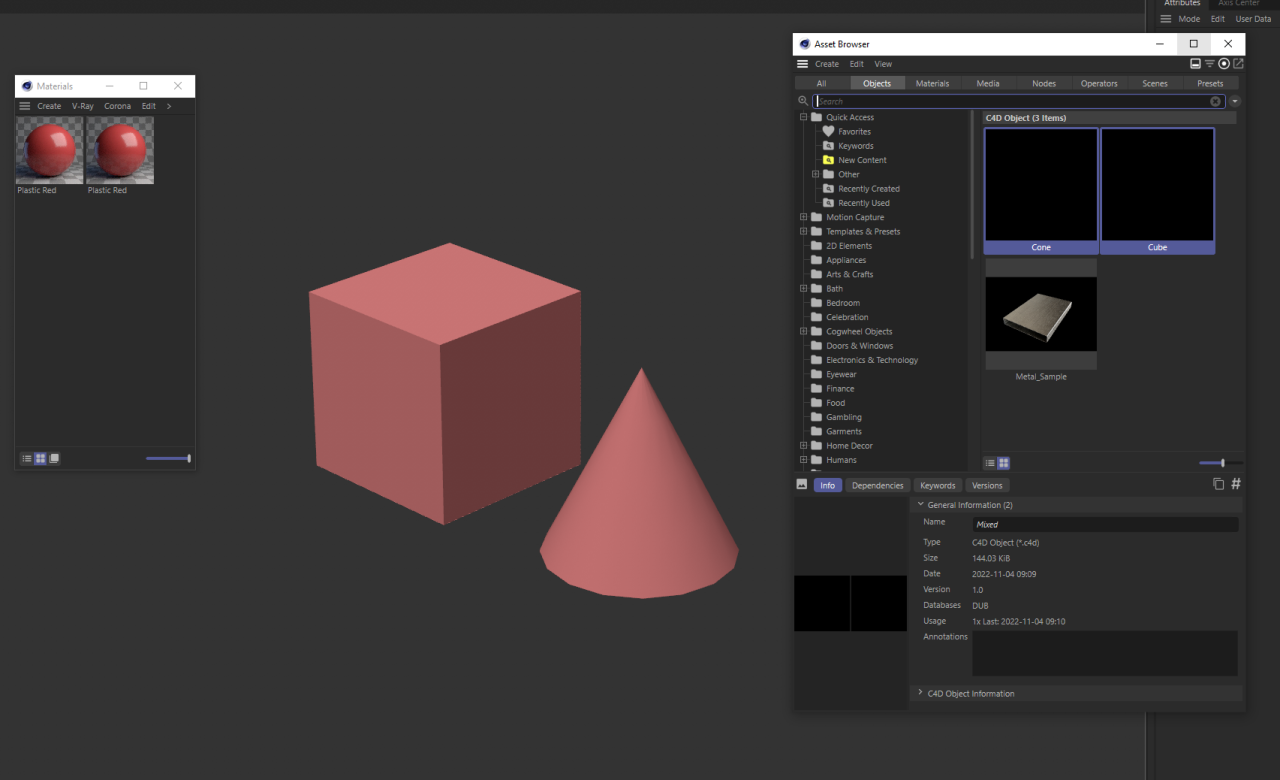
It's really a pity that they have not implemented this data link concept before introducing the Asset Browser, a project which I'll work on for quite some time could have really take advantage of such concept. Instead the thing imports the same materials in bundles of 50. So a good old master scene with all the models and materials does the trick, but no so 2022.
0 -
20 hours ago, No One said:
I think it's great that is not scene nodes.
Scene nodes are a mistake, C4D is not Houdini or Softimage. Different type of users.
Maxon is clueless. They should improve Xpresso instead os wasting time in another, much more complex, node scripting system.
Autodesk did something similar with the Max Creation Graph for 3ds Max (released in 2016, I think) but almost no one uses it right now. Max users kept using Maxscript, because it's easier and what they have being using for years.
But back to the topic: Amazing work @HappyPolygon! I can see myself using this in a future project. Looks great.
Blender's Geometry Nodes recent addition and success says something different. I guess there are many reasons to this, but the most obvious ones to me are that Blender was already more technically inclined than C4D before GN, and as opposed to Scene Nodes GN can interact with existing objects and data. I know Capsules allow it too but it's a different beast,
0 -
A missed opportunity to use Scene Nodes if you ask me !
0 -
23 hours ago, BigAl3D said:
I know it's not that hard to create basic and decent PBR materials from quality images. I'm curious if anyone has experience using Apple's LiDAR tech in their newer phones to extract the depth map for use in Substance for example? I will be getting samples of rugs that I will be adding to archvis-style 3D rooms instead of traditional photography. I have recently tried dropping a detail rug sample into Adobe Substance 3D Sampler and it did a decent job of giving me a Bump and Normal map. (See link. It wouldn't let me upload the image).
Just looking for options to increase the realism and wondered if the new tech might be useful. Thanks.
https://www.dropbox.com/s/uktvbojp3sbawrh/RugTest_Substance.jpg?dl=0
Not LIDAR but you can extract textures with photometric stereo capture, it's the way to go to capture detailled surface information. There are some nodes in SD Designer to process this kind of data. The process is really simple and you can get interesting results very quickly. But the "PBR" part is the most difficult one, with much work to do to get consistent and repeatable result.
Some links :
https://substance3d.adobe.com/tutorials/courses/Your-smartphone-is-a-material-scanner
https://substance3d.adobe.com/tutorials/courses/Art-by-Rens-Substance-3D-Designer-Scan-Processinghttps://dabarti.com/vfx/dabarti-capture-basics-capturing-textures-using-mobile-phone/
2



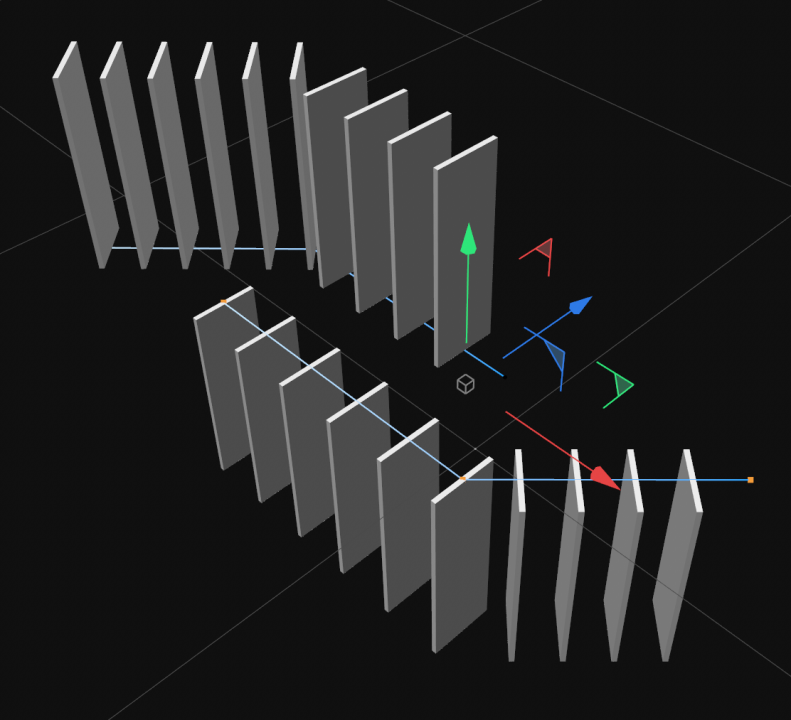
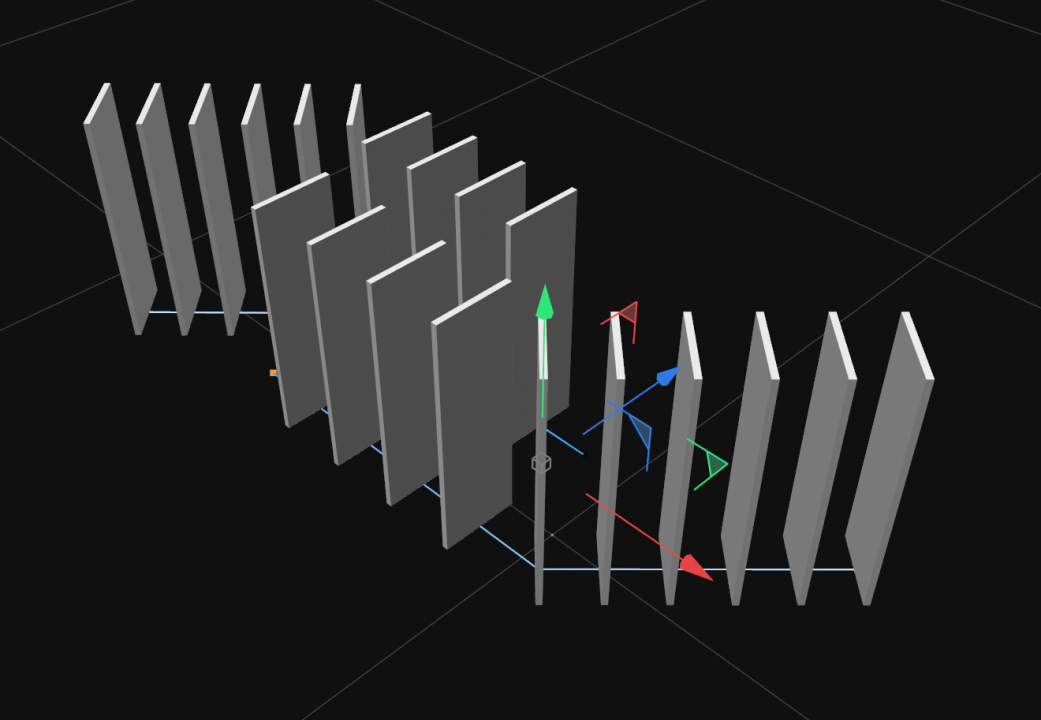
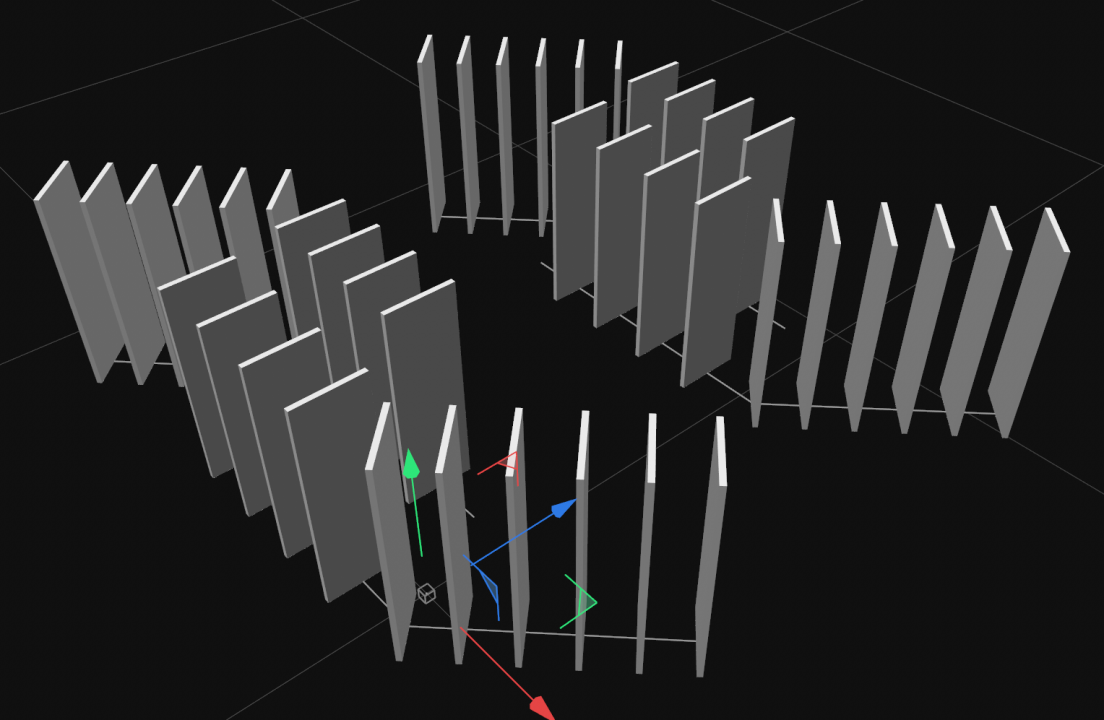
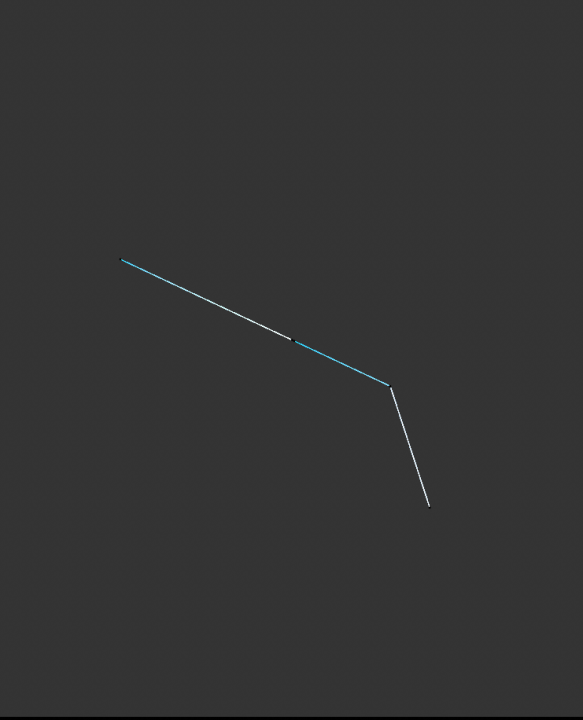
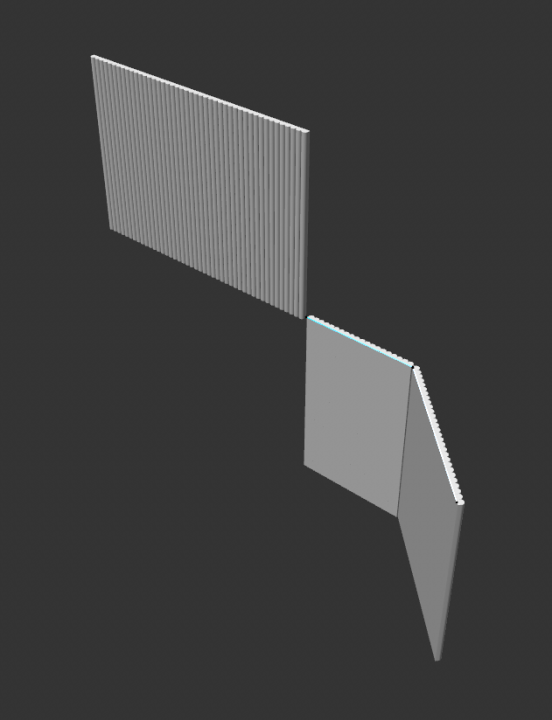
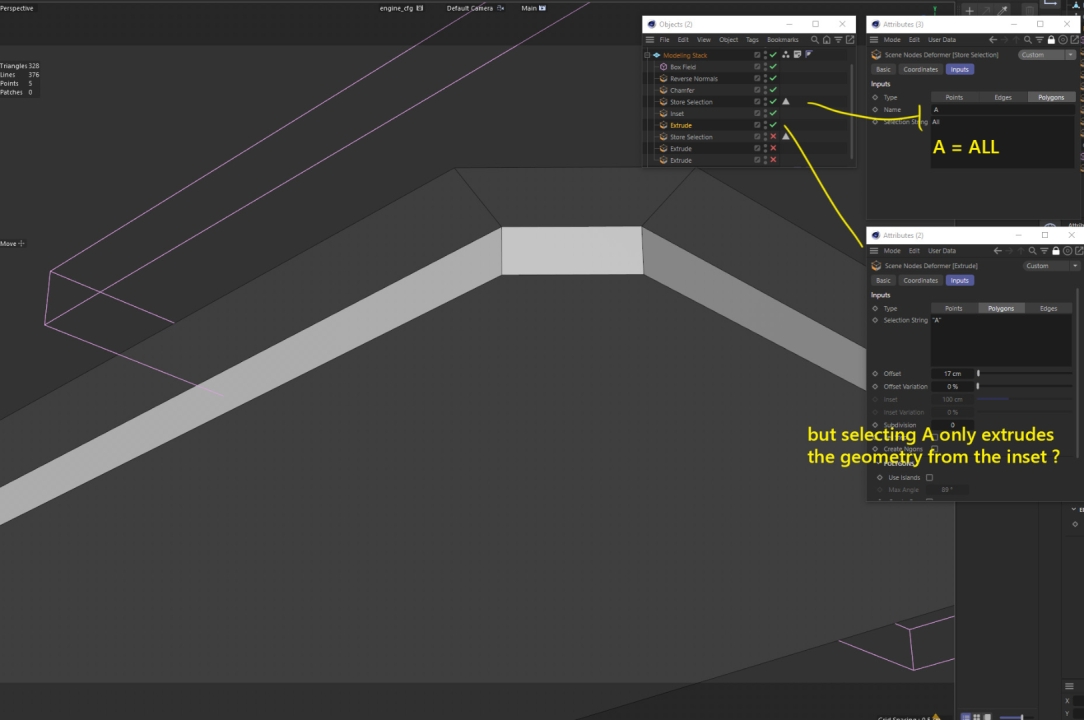
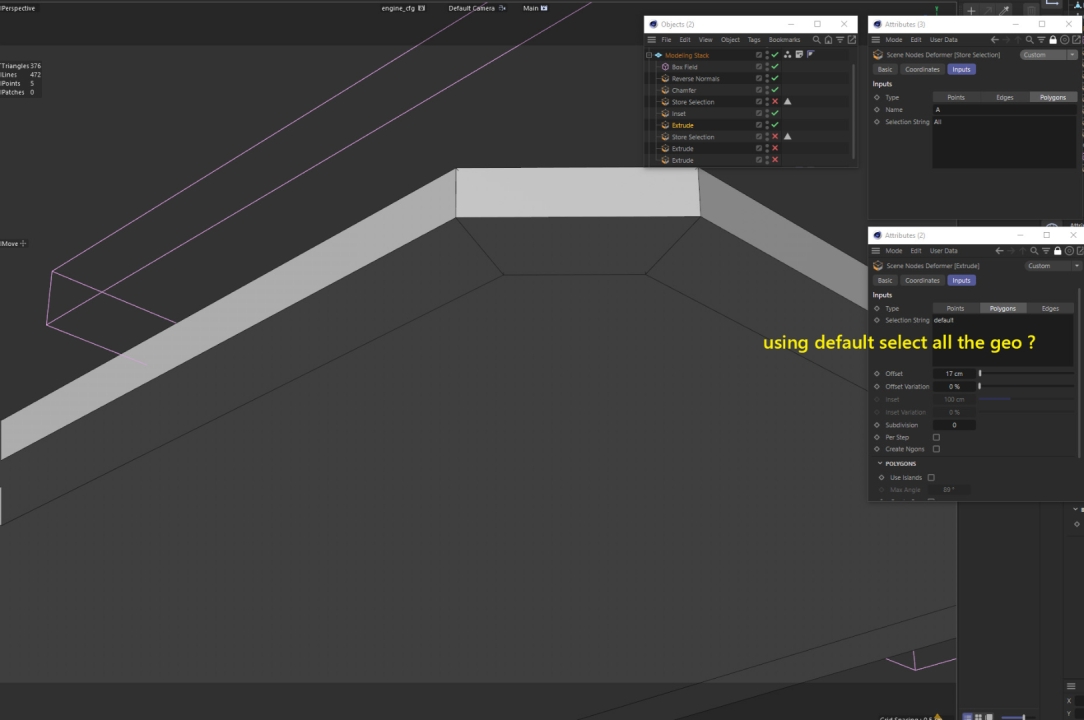
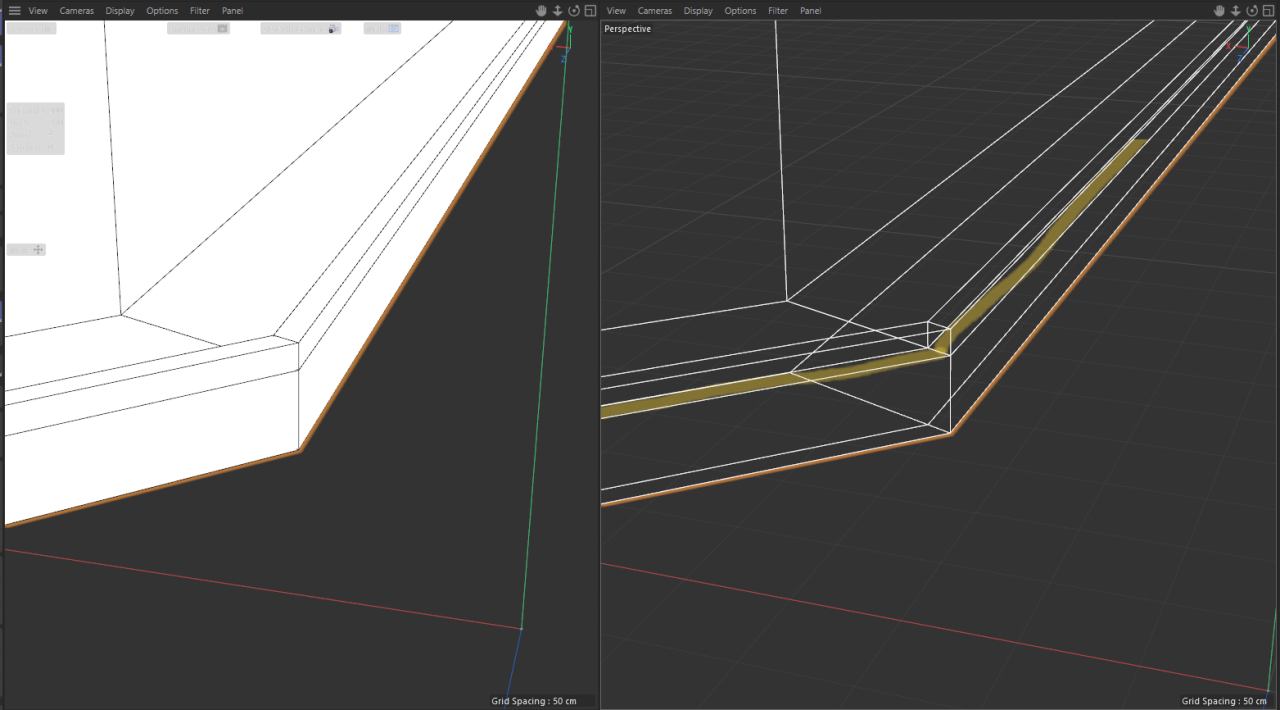
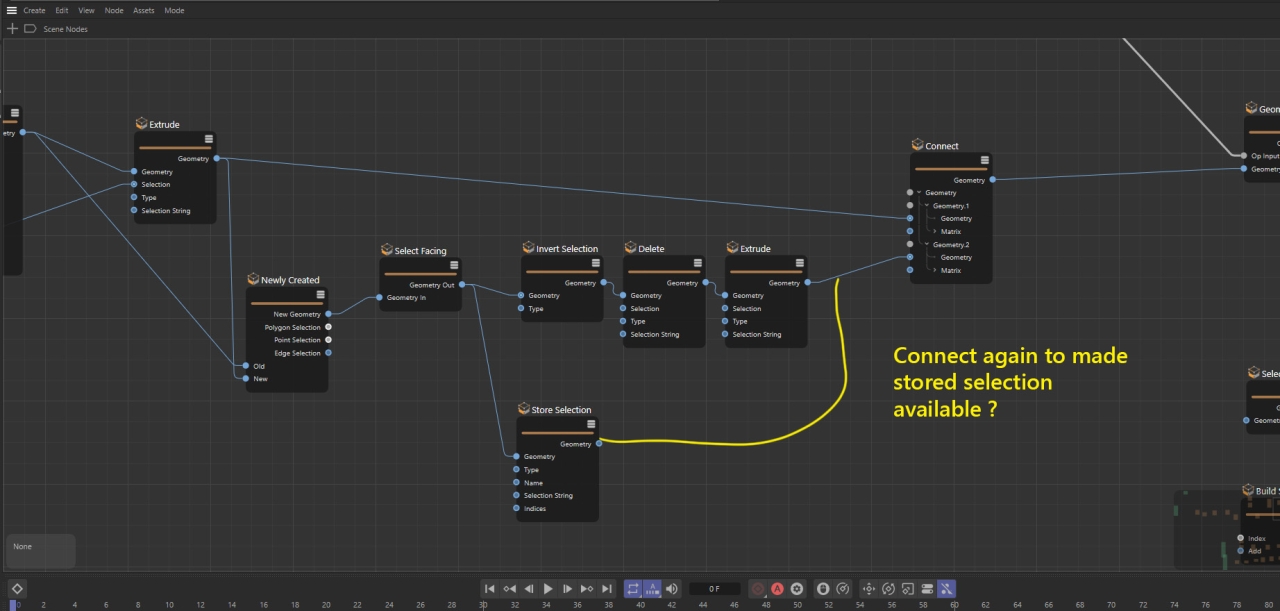
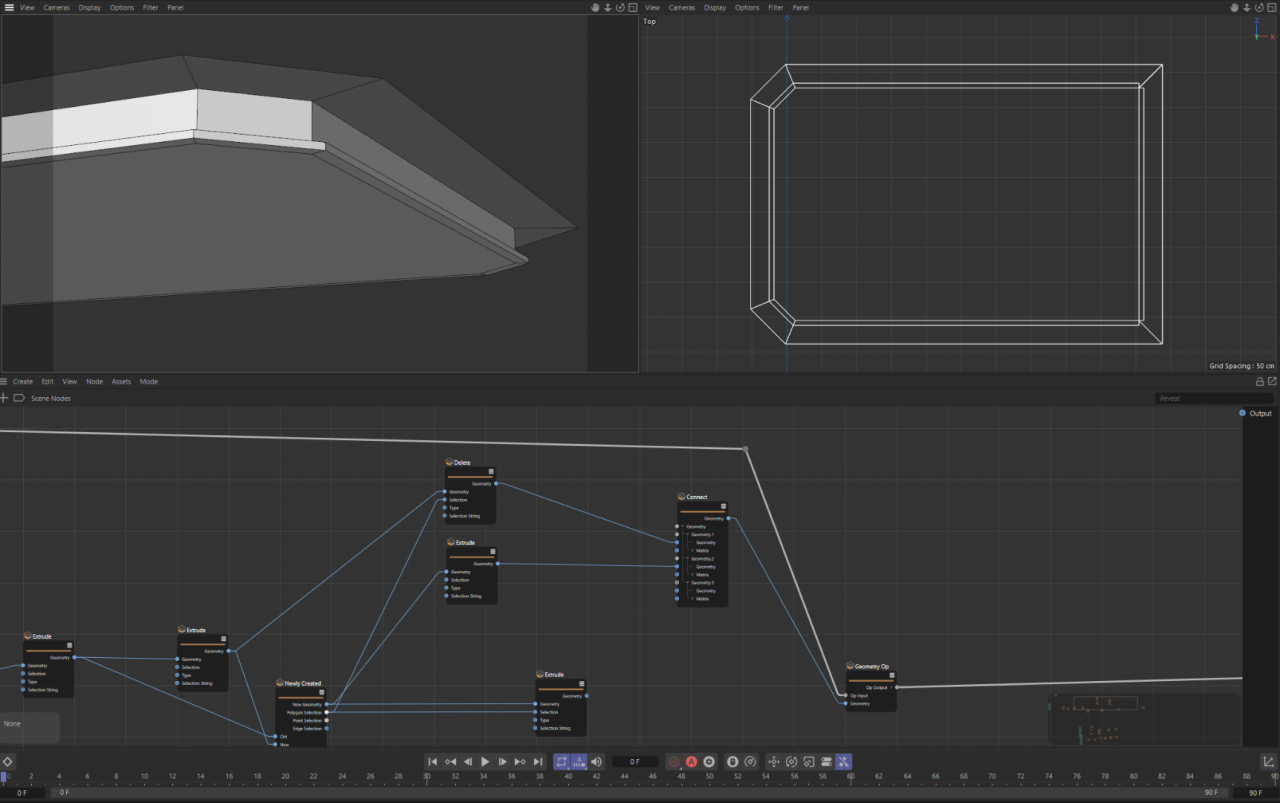
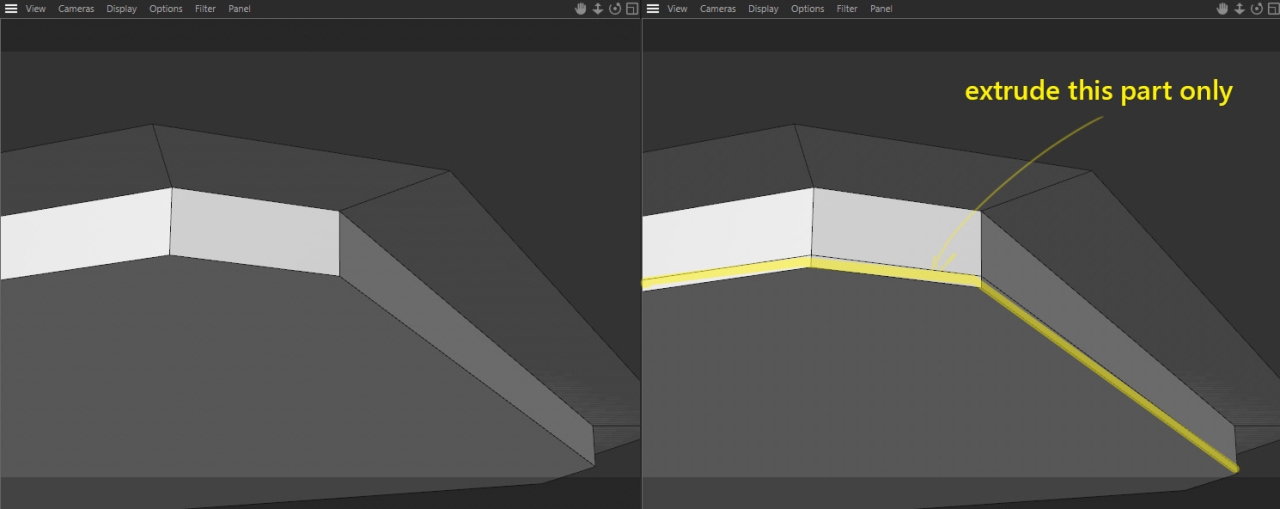
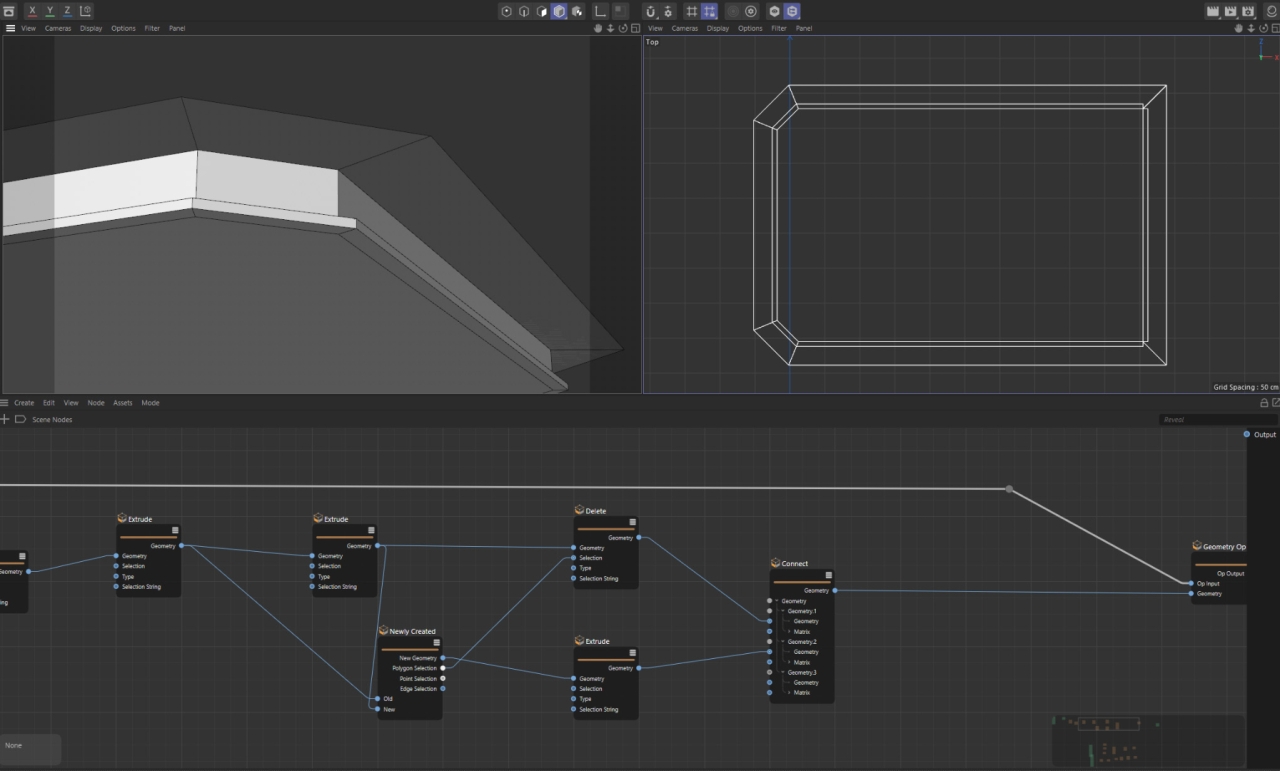
Flipped clones in multi-segments curve
in Cinema 4D
Posted
Thanks guys, I've finally managed to get the correct result by reversing the sequence on the other part of the spline, the one that was considered correctly aligned. Don't know how I missed this easy fix.
By the way using a copy of the spline as a rail works too, an easy fix